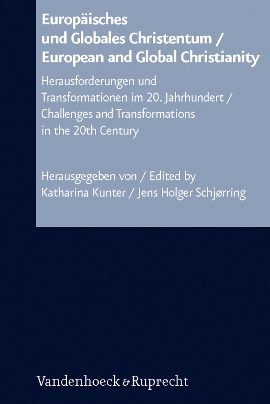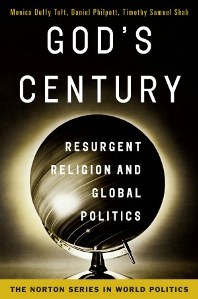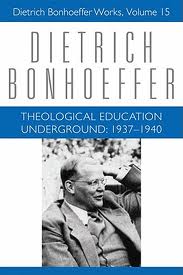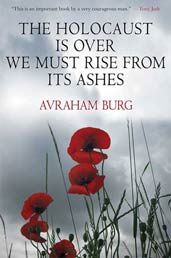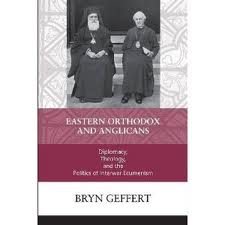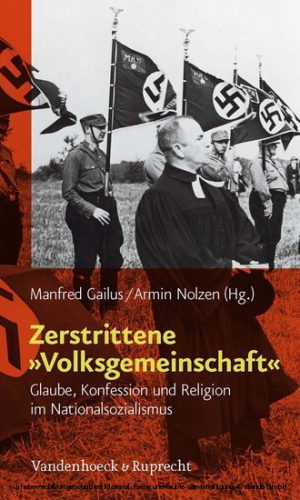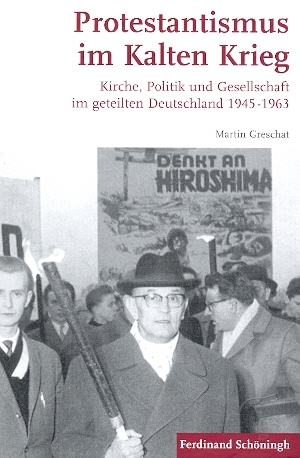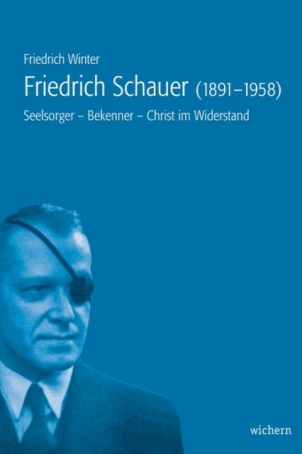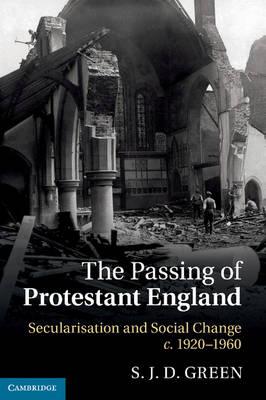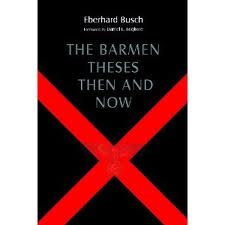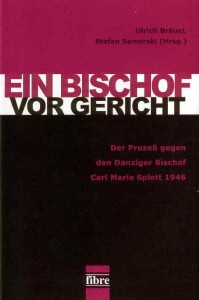ACCH Quarterly Vol. 18, No. 3, September 2012
Review of Hanna-Maija Ketola, Relations between the Church of England and the Russian Orthodox Church during the Second World War, 1941-1945 (Helsinki: University of Helsinki Faculty of Theology PhD thesis, 2012), 231 Pp.
By John S. Conway, University of British Columbia
It was a striking paradox that the German invasion of the Soviet Union in June 1941 led to a major change in the fortunes of the Russian Orthodox Church. The Communist dictator, Stalin, after twenty years of hostility and persecution of the church, suddenly recognized his need for popular support from church members. So he changed his policy and allowed the Russian Orthodox Church unprecedented new possibilities. Amongst the changes was the permission to enter into relations with churches abroad. One of the first with whom contact was made was the Church of England. Dr. Ketola’s valuable account of how these relations developed is drawn largely from British sources, since the Russian documents are not (yet) available. She describes the opportunities and complexities which this unprecedented encounter gave rise to, and outlines the intricate balancing act which faced the British church leaders. Political pressures to support Britain’s new-found ally competed with deep-set suspicion of Soviet Communism and all its ways. There had been virtually no contact since the Bolshevik Revolution, though considerable sympathy had been extended to the clergy and laity who had fled abroad. The Communists’ murder of the Czar and his family had appalled everyone from the royal family down to the common man. Could this crime, and the subsequent oppression of the churches now be overlooked for reasons of political expediency? The only prominent Anglican supporter of the Soviet regime was Hewlett Johnson, the Dean of Canterbury, but he was a known maverick and enjoyed no support.
In the following month, the dilemma for the Church of England’s leaders only intensified. On the one hand, they were criticized for giving moral support to a regime which still maintained anti-religious propaganda in its official ideology; on the other they were criticized for not expressing more sympathy with the Russian people in their struggle. The main difficulty lay in the fact that no one in England had accurate knowledge about church life in Russia. Wishful thinking that the Soviet anti-church policy could change was not enough. And the British Government was concerned lest admiration for the Russian people’s resistance could turn into admiration for Communism.
In 1942 the situation became more problematic when the Metropolitan Nicolai of Kiev approached the British Embassy suggesting an official exchange of visits between the churches, and bringing a gift of a newly-published and handsome book “The Truth about Religion in Russia.” This was followed by an offer to translate the book into English, and a request for a foreword by the new Archbishop of Canterbury, William Temple. The book stressed the Orthodox members’ devotion to their country and gave details of the devastation wrought by the German invaders. Shortly thereafter, 700 copies were delivered to Lambeth Palace. This resulted in a flurry of exchanges between the British Foreign Office, the Ministry of Information and various Church of England officials. But Temple declined to write anything since he could not paass over the earlier persecution of the church, nor the conduct of the Soviet occupiers in the Baltic countries. “I should either offend the Soviet authorities by what I put in, or the Continental Churches by what I left out.” It all pointed to the regrettable absence of first-hand information about the true state of the Russian Orthodox Church.
So at the end of 1942 the Church of England leaders came to the conclusion that the invitation to send a church delegation to the Soviet Union was an opportunity not to be missed. It would be politically interesting but very delicate. However much the church connection was stressed, the political overtones were inescapable. On the other hand, there had been no contact for twenty-five years. It was time to begin again. The British churchmen wanted to be the first to visit, and in return agreed to make a joint declaration against fascism. But how far was the Russian Orthodox Church eager to promote Christian brotherhood, or just to escape from the solitary confinement of so many years?
The Anglicans then chose their second highest cleric, the Archbishop of York, Cyril Garbett, to lead a small delegation. His instructions were very narrowly drawn. He should avoid any open political pronouncements. No substantial discussion of dogmatic or liturgical questions was envisaged. It was simply to be a goodwill visit without commitments. But, in order to avoid any criticism from their own members, the visit should be kept secret until the Archbishop arrived in Moscow. War-time security prompted the same caution. So in fact it was not until mid-September 1943 that Garbett and two younger clerics flew out via Gibraltar, Cairo, Tehran and Stalingrad. They arrived a few days after Stalin had unilaterally made a significant concession to the Orthodox Church by allowing the revival of the Patriarchate and the election of a new Holy Synod. This seemed a good augury for the future of the Church in Russia, and Garbett’s visit as the first foreign dignitary was most welcome. In return the British churchman gained first-hand impressions of the Russian church leaders, even though the language barrier prevented any heart-to-heart exchanges. But they gathered as much information as they could, and reciprocated with news about the Church of England. They attended several lengthy church services and were impressed bgy the piety of the worshippers. More significant issues were however skirted. Ecumenical friendship prevailed. And the delegation met briefly with the Soviet Foreign Minister, Molotov, which indicated the support given by the Soviet Government to the visit.
On his return, Garbett stressed that he had found that worship in the churches was fully allowed, and that the Russian people were now giving wholehearted support to the war effort. His impressions had been positive, and he looked forward to a return visit by the Russians to Britain. This would help to break the isolation of the Russian Church, and would enhance the prospects of future peace. But Garbett was realistic enough to acknowledge that the positive achievements of his visit were rather limited. The religious situation in Russia had improved but the state was still ”non-religious” and very many churches were still closed or secularized.
In early 1944 the idea of a return visit was taken up. But the death of Patriarch Sergii in March, the Normandy invasion in June and the sudden death of Archbishop Temple in October caused a postponement Not until June 1945 did the Russian delegation eventually arrive in Britain. By that time the European war had ended. After the defeat of Germany and the overthrow of Nazism, the need for Anglo-Soviet co-operation was no longer a top priority. At the same time, the climate of relations between the Soviet Union and its allies had grown noticeably cooler. In church circles, increasing concern, even alarm, was felt about the Soviet re-imposition of control over the Baltic countries and Poland, and to a lesser extent over Finland. The Russians had shown no willingness to join in the task of European reconstruction to which the Church of England was heavily committed. The warmth of sympathy expressed by the hosts could not obscure the fact that no substantial dogmatic or political issues were touched on. So the return visit proved to be even less of
a success that Garbett’s two years before.
Dr Ketola’s careful appraisal of the extensive documentation on this matter shows how assiduously the British officials, both governmental and ecclesiastical, took up the complex issues involved. She does not however attempt to give an overall assessment of the events she so capably describes. In fact, the verdict must be a negative one. The outbursts of sympathy for the Russian people were short-lived; the optimistic hopes that the Russian Church would gain more scope for its activities and that the Soviet state would allow more freedom for religion, were soon enough disappointed. It was to be many more years before relations between the Church of England and the Russian Orthodox Church could improve. But we can be grateful that Dr Ketola has shed such a clear light on this short and transient period of apparent reconciliation and inter-church harmony.

